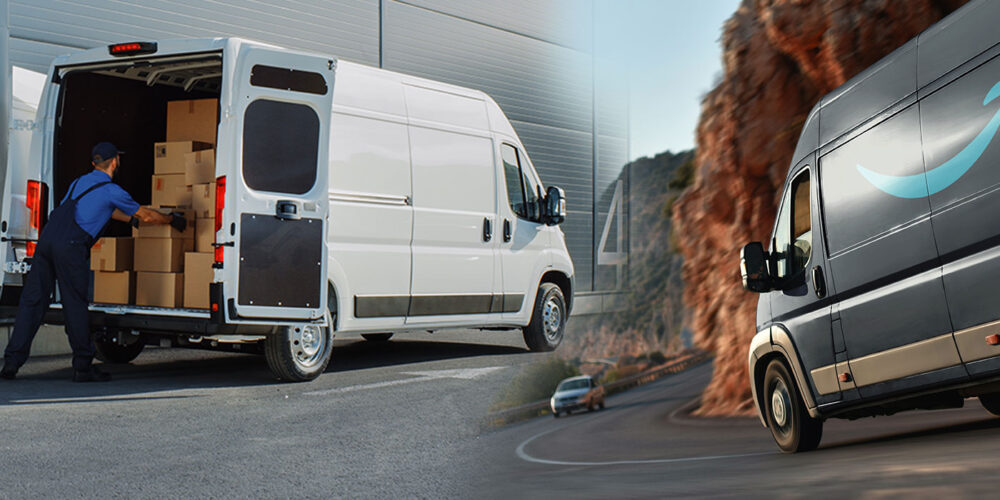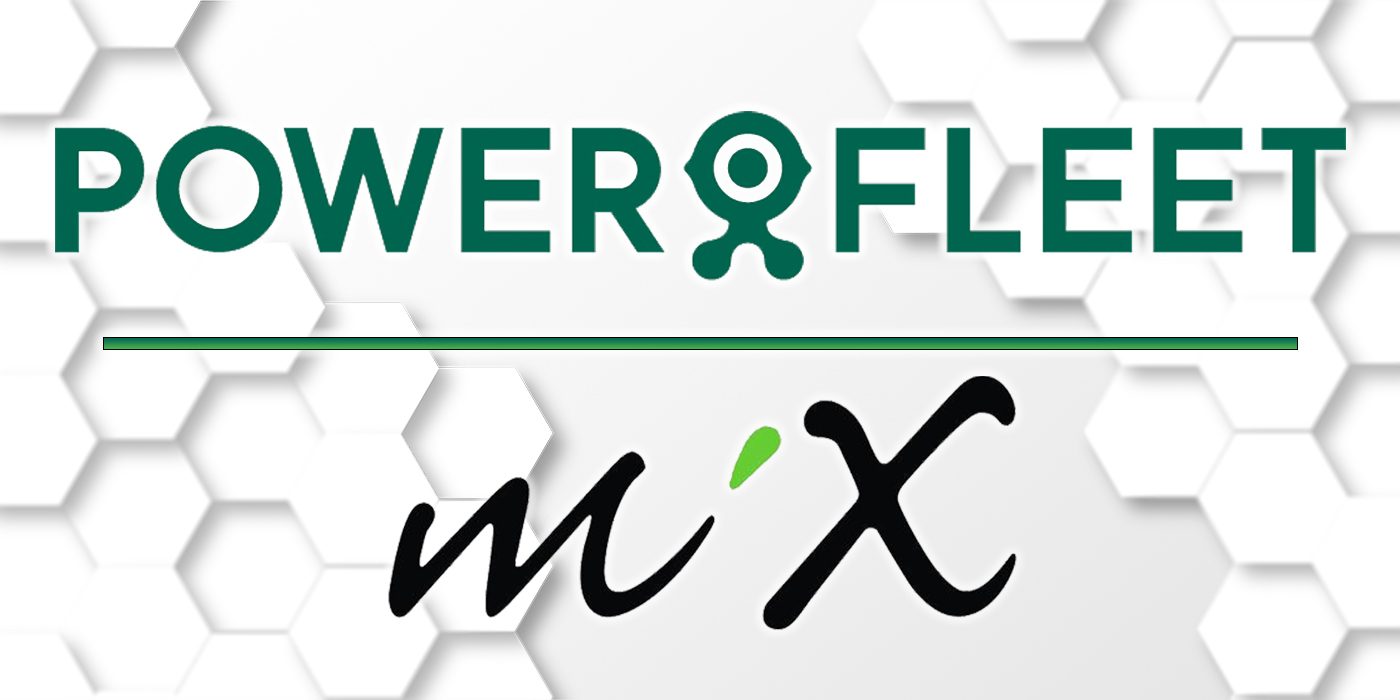The three titular aspects of moving goods from A to B are standard across the industry. What isn’t standard is how fleets balance time, cost and location to meet customer demand. Driver availability, maintenance costs, fuel costs and traffic congestion are just a few of the roadblocks that cause logistics detours. Then you have to add in your specific application demands. Yet there’s efficiency to be gained if you know where to look.
Here’s a “for instance” from the brewing industry.
“What we’re seeing in the brewery industry is scheduling in the pickup of returns so that the same vehicle will actually do the pickup and drop off,” said Graham Wallace, director of product marketing, Here Technologies, a company that specializes in location data to deliver customized solutions. “Instead of sending two vehicles out to do two routes, one vehicle picks up the returns as well, and that delivers cost savings.”
Being able to do that requires visibility and that visibility requires the right set of data, the right algorithms behind the scenes crunching that data to deliver insights, and the right solutions provider partner to make sure those insights are applicable to your business. While the brewery example is a great niche application of location and routing data combined with logistics information, there is natural value to be harvested from routing efficiencies. Again, as long as you can see it.
“More visibility is what you’re going to need to drive more business,” noted Sarah Kelleher, senior product manager, Dispatch IT, a company that uses technology to make the final-mile delivery process efficient, transparent, and reliable. Kelleher went on to explain that the visibility you can get from the right location data solution can be passed along to customers to add value to the service you deliver.
“Customer value is huge right now,” she continued. “You stand out against competitors if you’re meeting service-level agreements and you’re also providing delivery transparency. That alone has driven customers towards a lot of the businesses that we’ve worked with and we’ve seen a lot of value increase in their business.”
Of course, with increased visibility of your operation passed along to your customers, you want to make sure you don’t overshare. It means walking the fine line of what location data you can safely share, what operational data you need to keep private and what the value of this information is.
“What we’re seeing is the trade-off between pure cost and the customer experience,” Wallace agreed. “In the customer experience, what’s coming to the fore is what people are valuing. The more information you provide, the fewer phone calls you’re going to get, so you can actually manage your costs whilst providing a better customer experience.”
There are plenty of nuances to be worked through to craft a location-based solution that fits a specific application. To learn more about the possibilities and how to avoid the pitfalls, I talked with Wallace and Kelleher during a live webinar. They answered my biggest location-based application questions and then fielded even more questions from the live audience.













